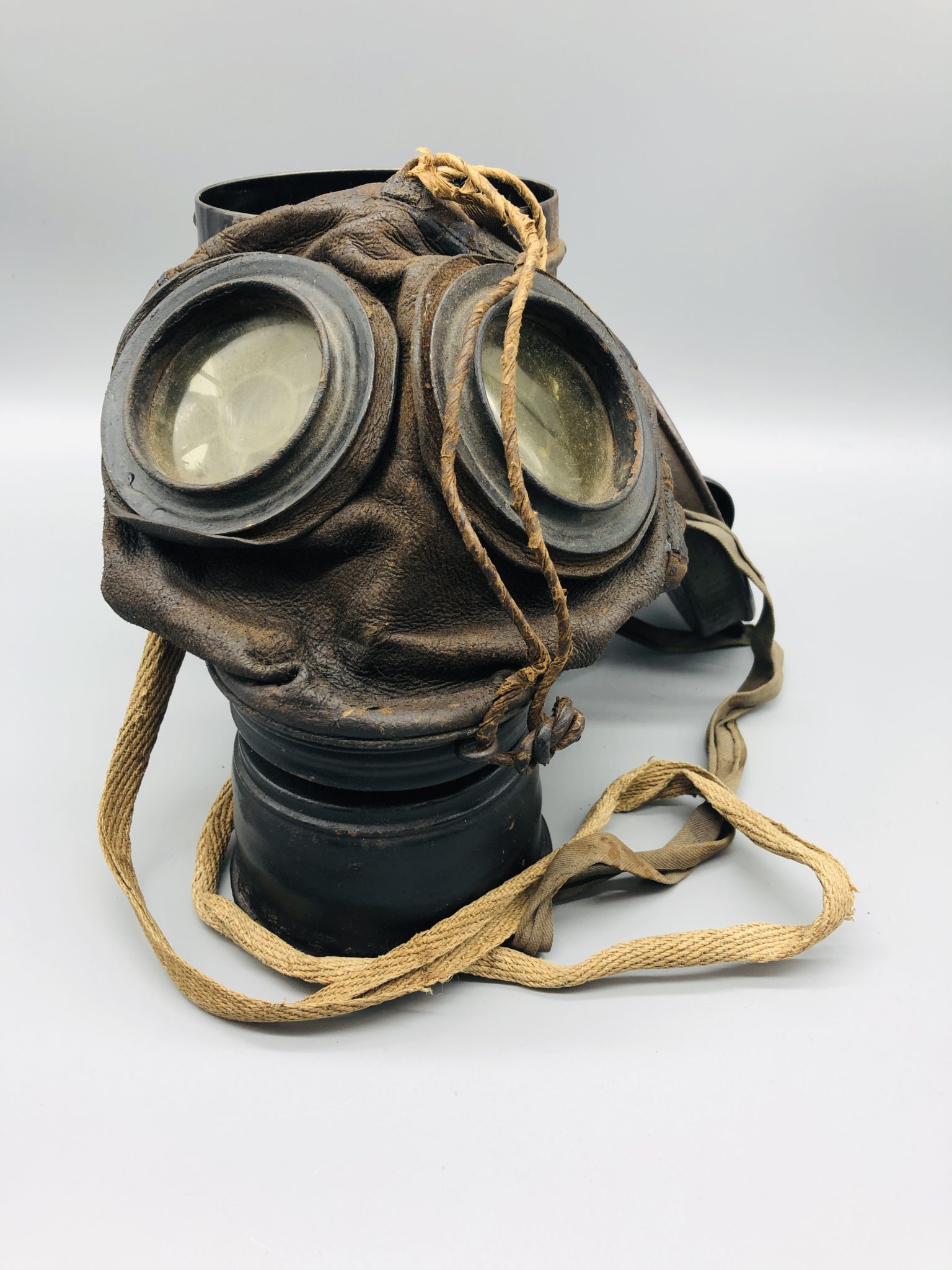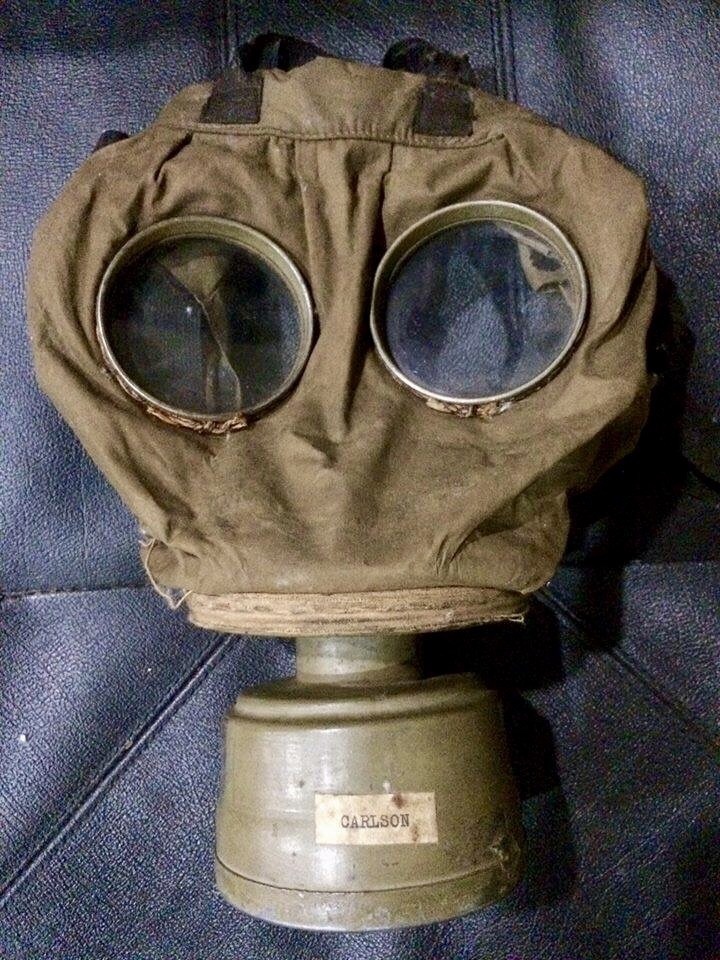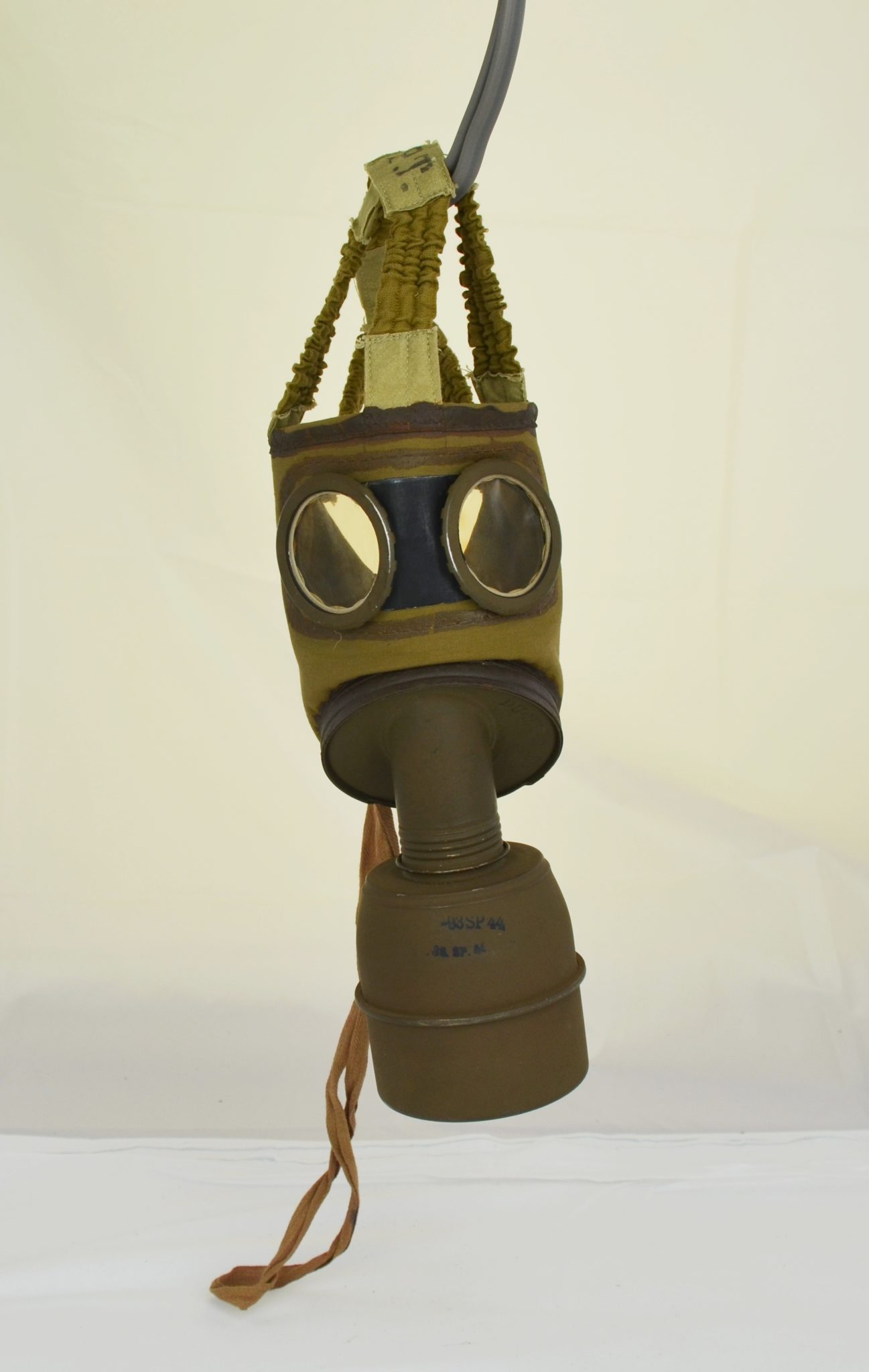

Gas was employed primarily on the Western Frontthe static, confined trench system was ideal for achieving an effective contingent. Gas never reproduced the dramatic success of 22 April 1915 however, it became a standard weapon which, combined with conventional artillery, was used to support most attacks in the later stages of the war. When Germany launched Operation Michael on 21 March 1918, they saturated the Flesquières salient with mustard gas instead of attacking it directly, believing that the harassing effect of the gas, coupled with threats to the salient's flanks, would make the British position untenable. The polluting nature of mustard gas meant that it was not always suitable for supporting an attack as the assaulting infantry would be exposed to the gas when they advanced.

Great mustard-coloured blisters, blind eyes, all sticky and stuck together, always fighting for breath, with voices a mere whisper, saying that their throats are closing and they know they will choke." One nurse, Vera Brittain, wrote: "I wish those people who talk about going on with this war whatever it costs could see the soldiers suffering from mustard gas poisoning.

Fatally injured victims sometimes took four or five weeks to die of mustard gas exposure. Mustard gas caused internal and external bleeding and attacked the bronchial tubes, stripping off the mucous membrane.
#GAS MASK WW1 SKIN#
The skin of victims of mustard gas blistered, their eyes became very sore and they began to vomit. Once in the soil, mustard gas remained active for several days, weeks, or even months, depending on the weather conditions. Delivered in artillery shells, mustard gas was heavier than air, and it settled to the ground as an oily liquid resembling sherry. Mustard gas is not a particularly effective killing agent (though in high enough doses it is fatal) but can be used to harass and disable the enemy and pollute the battlefield. It was known to the British as HS (Hun Stuff), while the French called it Yperite (named after Ypres). The Germans marked their shells yellow for mustard gas and green for chlorine and phosgene hence they called the new gas Yellow Cross. It was a vesicant that was introduced by Germany in July 1917 prior to the Third Battle of Ypres. The most widely reported and, perhaps, the most effective gas of the First World War was mustard gas. The use of poison gas performed by all major belligerents throughout World War I constituted war crimes as its use violated the 1899 Hague Declaration Concerning Asphyxiating Gases and the 1907 Hague Convention on Land Warfare, which prohibited the use of "poison or poisoned weapons" in warfare. The widespread use of these agents of chemical warfare, and wartime advances in the composition of high explosives, gave rise to an occasionally expressed view of World War I as "the chemist's war" and also the era where "weapons of mass destruction" were created. In the later stages of the war, as the use of gas increased, its overall effectiveness diminished. Gas was unlike most other weapons of the period because it was possible to develop effective countermeasures, such as gas masks. The killing capacity of gas was limited, with only about 90 thousand fatalities from a total of some 1.2 million casualties caused by gas attacks. This chemical warfare was a major component of the first global war and first total war of the 20th century. The types of weapons employed ranged from disabling chemicals, such as tear gas, to lethal agents like phosgene, chlorine, and mustard gas. They were primarily used to demoralize, injure, and kill entrenched defenders, against whom the indiscriminate and generally very slow-moving or static nature of gas clouds would be most effective. Carry canister is sold separately.Īlthough the use of toxic chemicals as weapons dates back thousands of years, the first large scale use of chemical weapons was during World War I. NEW 2017 LARGER SIZE PRODUCTION RUN- sizing is one size fits most, we tested in on a person with a 7 1/2 head and it fit perfectly. Correct suede leather construction with elastic web straps, steel eyecups, clear (plastic) lenses and an imitation steel filter shell (no actual filter, so this will not provide any type of protection from gas or fumes). New Made Item: Copied directly from an original in the IMA collection this is a stunning reproduction of the standard First World War German Gas Mask.


 0 kommentar(er)
0 kommentar(er)
